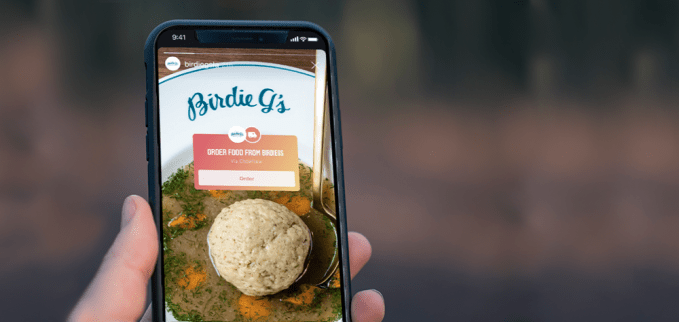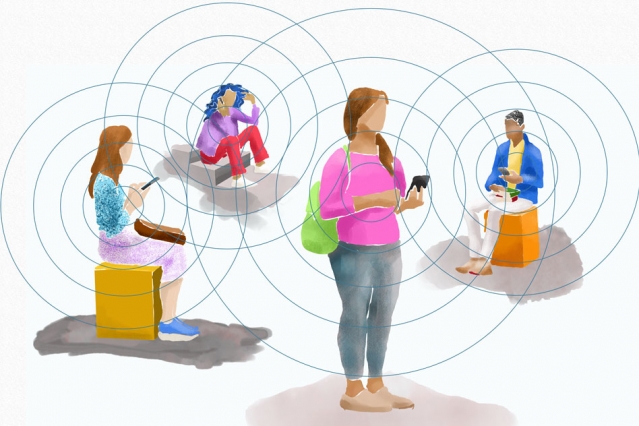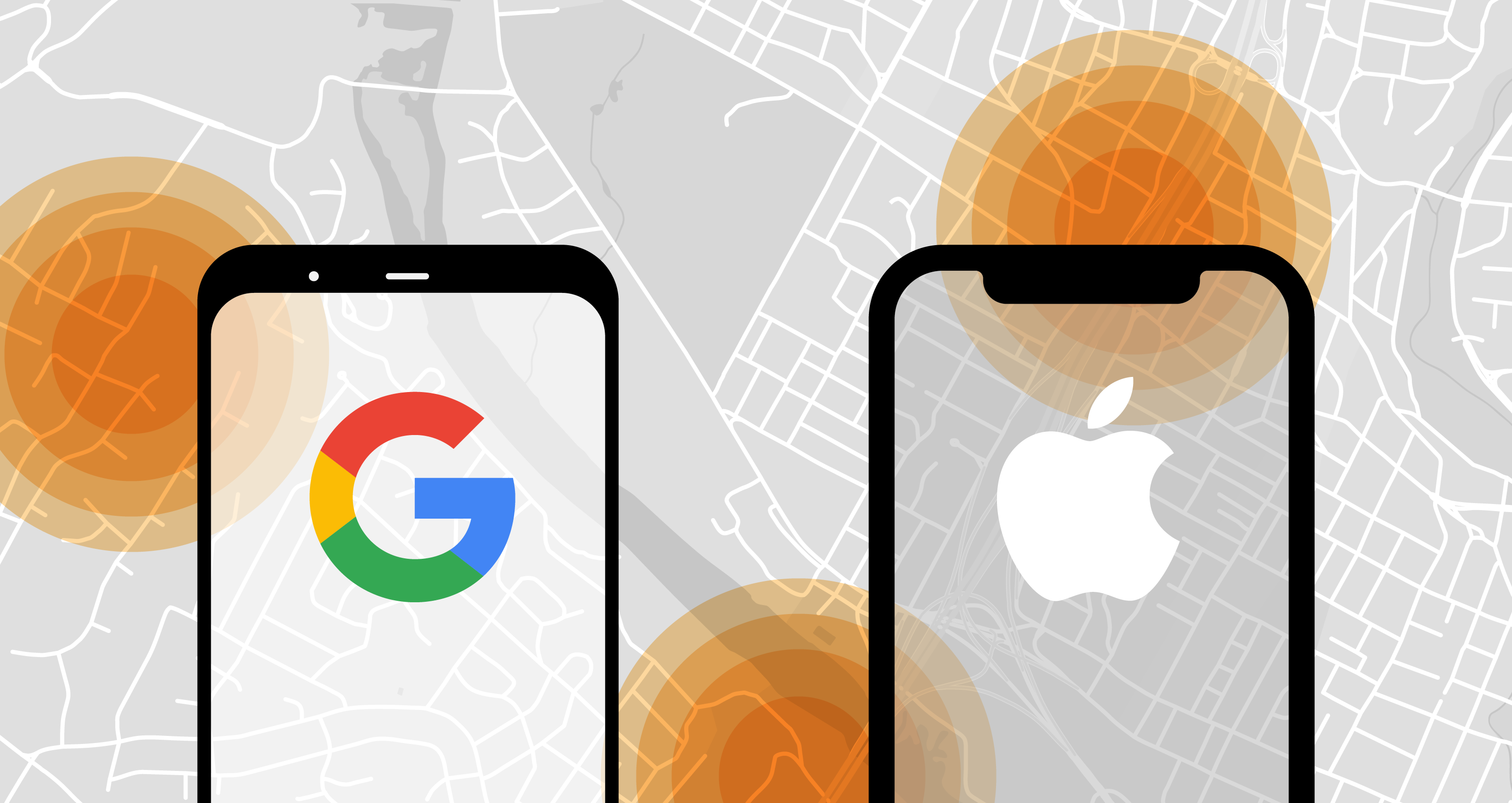A higher level of fitness is associated with a longer lifespan, better quality of life, and decreased risk of stroke, heart disease, and diabetes. There’s never a bad time to start a new exercise regime, especially if you’re looking for free workout apps or online routines that you can do from home.
Whether you want to lose weight, tone what you have, or increase your overall level of fitness, free tools can help. Here are the best free workout apps for the iPhone, listed in no particular order.
1. RunKeeper
Running is one of the most common activities for those wanting to get fit. RunKeeper, as the name suggests, provides a simple way to establish an exercise routine and stick to it.
This is one of many free fitness apps available that tracks cycling, walking, hiking, and other activities. However, it stands out as one of the best. With access to your location and motion data, RunKeeper can track and plot your progress on a map. You can opt to have frequent audio updates on your progress, or play music from your phone’s internal memory.
While using a treadmill at the gym might not be an option, never fear. RunKeeper can keep track of laps done around your front yard or on a secluded street.
Its basic functionality is free. You can upgrade to RunKeeper Go for $10 a month to get detailed insights, “tailored race-training plans,” and live tracking.
Download: RunKeeper (Free, subscription available)
2. Strava
Strava is similar to RunKeeper, but has an emphasis on cycling. As one of the best fitness apps for iPhone, you can use this app to track running too. However, its primary audience prefers two wheels when breaking a sweat.
Just like RunKeeper, Strava tracks and plots your workouts on a map. This mapping includes important information like elevation, speed, and comparisons with other riders who have taken the same route.
Whether you prefer biking in a gym or on remote cross-country tracks, this will help you measure your workout. The baseline features for Strava are free. You can upgrade to Strava Summit with a monthly or annual plan to get customized training, personal heatmaps, and detailed analyses on your ride data.
Download: Strava (Free, subscription available)
3. Fitbod
Fitbod is one of many apps you can use for bodybuilding, body sculpting, weight lifting, or strength training. The focus here is on creating customized workouts that prioritize muscle groups based on user-generated information.
First, choose your activity type, desired goals, and number of workouts per week. Next, you’ll receive a workout plan that adapts to your level of fitness. In this plan, you’ll get descriptions and videos of the included workout exercises. You can also specify the type of gym equipment that you have available.
While access to proper gym equipment might not be practical for everyone, Fitbod’s ability to create custom workouts without official equipment means that you can still use it at home and on a budget.
The downside is that while you can create several workouts for free, after the trial period you’ll need to buy a Fitbod Elite subscription to get the most out of the app.
Download: Fitbod (Free trial, subscription required)
4. Fitness Point
Fitness Point is another app aimed at strength training. Unlike Fitbod, it serves as a reference for exercises you can do, rather than as an automated planner.
Each exercise in the Fitness Point library has an animation and a description attached to that animation, along with information about which muscles the exercise works.
The animations aren’t as good as Fitbod’s videos, but there are still tons of exercises to choose from. You can create your own workout plans, log progress, and make use of the built-in rest timer while working out.
Unfortunately, while some of the exercises are available for free, you’ll need to upgrade to Fitness Point Pro or Fitness Point Pro Female to see them all. However, the free app should give you enough info to decide whether or not the paid version is worth it.
Download: Fitness Point (Free, subscription available)
Download: Fitness Point Pro ($4.99, in-app purchases available) | Fitness Point Pro Female ($4.99, in-app purchases available)
5. Fitocracy
If you think getting fit is boring, Fitocracy might be the answer. It applies gamification to real-world exercise. As you log your activities, you’re rewarded with points and unlock achievements.
At its core, Fitocracy is a free fitness app and workout tracker combined with a social network. Its workouts range from cardio to strength training and everything in between.
While Fitocracy is free, you can sign up to the Premium Hero subscription for $5 per month to get access to detailed insights, private messaging, virtual “duels” with other members, and additional perks. This app is perfect for anyone who prefers to stay at home but wants to connect with other people through exercise.
Want to gamify your running sessions too? Try these apps to make running and jogging more enjoyable.
Download: Fitocracy (Free, subscription available)
6. Fitbit
While you don’t need a Fitbit tracker to use the Fitbit app for iPhone, it definitely helps. The app functions as an activity and sleep tracker, with running, walking, and hiking monitoring included. You can record your workouts, log your meals, monitor hydration, and set your own goals to motivate yourself, too.
If you do own a Fitbit tracker, the app wirelessly syncs with your wearable Fitbit and automatically logs metrics like sleep quality, daily steps, and heart rate (provided that your tracker supports it). You can also link it with your Aria Smart Scale to log your weight automatically.
All these options make Fitbit one of the most versatile and best free fitness apps on the market.
While the app is free, there is a Fitbit Premium service for those interested in a more comprehensive experience. The free and subscription versions of the app are both essentially a big ad for owning a Fitbit device, so make sure to ask yourself whether you should buy a Fitbit before purchasing one.
Download: Fitbit (Free, subscription available)
7. C25K 5K Trainer
This is the official app of the Couch to 5k program, stylized as C25K. If you’ve been leading a sedentary lifestyle and want to get off the couch and start moving, then this training app is for you.
Using audio cues and activity monitoring, the app hopes to build up your overall levels of fitness to the point where you can run a 5K nonstop. This realistic training schedule won’t push you too hard. Instead, it focuses on gradual improvements for those of us unfamiliar with an exercise routine.
While the core C25K is free, you can check out its in-app purchases to remove ads or pay for playlists.
Download: C25K 5K Trainer (Free, in-app purchases available)
8. Nike Training Club
Nike Training Club is a free fitness app from Nike. It includes over a hundred workouts covering a range of different “types.” From strength exercises, to cardio and endurance, to mobility and yoga, it’s all here. The program covers all levels of fitness and all types of schedules.
The app also includes personalized workouts based on past routines. This means the more you use it, the better it gets at predicting what you’ll want to do next. Also included are tips from trainers and celebrity-inspired routines.
Overall, the app is ideal for those who can’t pay for a pricey exercise program.
Download: Nike Training Club (Free, subscription available)
9. Fitbit Coach
Fitbit Coach is a personalized training app that lets you work out wherever you are, at any time. First, pick your desired workout, from short seven-minute bursts to hour-long grinds.
Once you do, Fitbit Coach tailors your workouts to your activity level. It also integrates with Fitbit devices to suggest appropriate exercises based on the kind of day you’ve had.
While the base version is free with a limited number of workouts, you can upgrade to Fitbit Coach Premium to unlock the app’s true potential. Use this app if you want the expertise of a fitness coach at home.
Download: Fitbit Coach (Free, subscription available)
10. MyFitnessPal
Diet is an important part of any exercise routine, and tracking macros like carbohydrates, protein, and fat can help you reach your long-term goals.
However, counting calories doesn’t have to be a pen and paper exercise. MyFitnessPal makes it easy to log your meals and snacks, with over six million foods already recorded and a handy barcode scanner to help recognize them.
Using the app, you can:
- Import recipe information.
- Log items from restaurants.
- Use your home recipes to ensure that you’re staying within the boundaries you’ve set.
Best of all, the app also functions as an exercise monitor. You can connect to more than 50 other apps and devices to help incorporate your activity and dietary information into one place.
Although you can get a ton of value out of this app with the free version, you can also upgrade to a MyFitnessPal Premium account for $10 per month. For its wide range of features, this is one of the best free fitness apps for iPhone.
Download: MyFitnessPal (Free, subscription available)
11. Fit Radio
Even if you subscribe to Apple Music or Spotify, it can be hard to find music for listening to every time you work out. That’s where Fit Radio comes in. The app offers coaching for a variety of different workouts. You can also choose to listen to a specific type of music that will fit the activity that you’re doing.
Finally, there’s a running tab that matches your pace to the music: either automatically, or by manually setting a pace that you want to follow.
While Fit Radio is free, you can upgrade to a Fit Radio Premium account with several different payment options to enjoy more mixes, customization, and better recommendations. It’s a great tool to use when setting up a gym environment in your own home.
Download: Fit Radio (Free, subscription available)
12. Pokémon GO
Looking for free iPhone workout apps that venture off the beaten path? While Pokémon GO might not be a fitness app in the traditional sense, it can definitely motivate you to move around.
If you’re finding it difficult to stay energized long enough to go for a walk, Pokémon GO might be the motivation you need. Basically, this game could be the carrot on the end of the string that gets you moving without even realizing that you’re exercising.
You can play this game virtually anywhere, and you don’t need a penny to start playing it, although there are in-app purchases to help you get various items. Check out our Pokémon GO starter tips to give you a leg up.
Download: Pokémon GO (Free, in-app purchases available)
Use One of These Free Fitness Apps to Work Out Anytime
However you choose to get fit—whether it’s by working out at home or by walking outside—these free fitness apps for the iPhone should help you achieve that progress. Not only do they assist with your physical health, but exercise can have a positive secondary effect on your mental health, too.
For more, check out our list of self-care apps to improve your mental health.
Read the full article: The 12 Best Free Fitness Apps for iPhone to Get Healthier
Read Full Article





















































